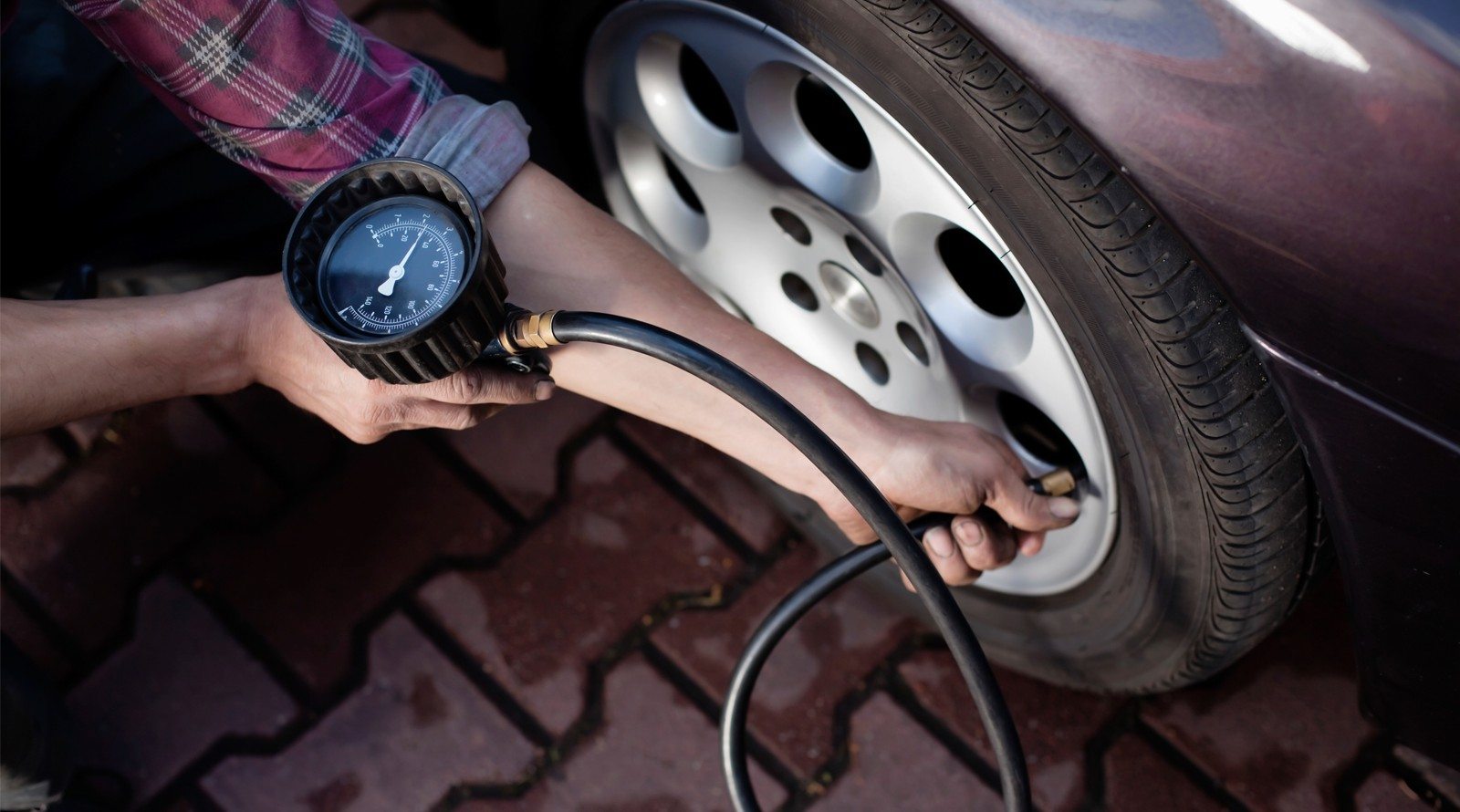Tires are your vehicle’s first line of defense for safety—and they also impact fuel consumption. And for optimal tire performance, pressure is key. On average, a tire can lose up to one pound per square inch (PSI) each month due to natural seepage and fluctuations in air temperature.
Low tire pressure can lead to many issues, including reduced fuel economy, premature tire wear, and poor handling and stability on the road. It’s also the number one cause of tire blowouts.
Randy Loyk of AMA Automotive Services advises checking your tire pressure at least once a month. “You should test your tires first thing in the morning when they are cold, or before you head out. This provides the most accurate measurement. When adding or removing air, follow the manufacturer’s recommended pressure, which can typically be found on the driver’s door, door frame or in the owner’s manual. Don’t follow what is written on the tire itself as this is the maximum recommended pressure, and may not be suitable for your particular vehicle.”
Loyk also suggests checking the tire pressure if you have run over an object, hit the curb, encounter severe weather, or if the tire pressure sensor light on your vehicle’s dash (if equipped) is illuminated.
Once a month or so, you should also look at your tire treads for signs of wear: If both edges of a tire are worn out, for instance, that’s a sign of under-inflation. Wear on the centre treads indicates over-inflation.
If there’s evidence of damage or if you’re losing pressure quickly, take the vehicle to a mechanic immediately as you may need new tires. Do not drive on a flat or damaged tire. Instead, request a tow from AMA to get your vehicle safely to a service facility.
HOW TO STORE TIRES
Keep ’em cool: It’s sunlight, heat and dampness that can shorten the life of tires. When storing, make sure temperature doesn’t exceed 25°C and keep the area dry. Keep tires away from heat-emitters like high-voltage equipment and electric motors.
Upright is best: Store tires upright on a store-bought rack or build one yourself. They can also be kept on a clean, flat surface free of oil, gas or grease. If necessary, you can stack them, but no more than four per pile.
Rims on, air out: Store with rims on to prevent wear and tear on the rubber. And reduce tire pressure by about 15 pounds to prevent distortion while in storage.
HOW TO SAVE
AMA members can visit Kal Tire locations to save 5% on tires—not to mention 10% on parts and service, and 5% on custom wheels.
